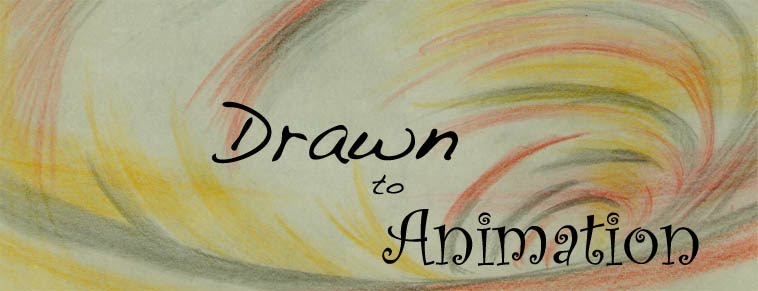Fantasia
Released: November 13, 1940
There is nothing that epitomizes the magic of Disney animation better than the likes of Mickey Mouse from the Sorcerer’s Apprentice sequence in Fantasia. This wonderful 12 field animation drawing comes alive from the very moment that you look at Mickey. Animated by one of Disney’s “Nine Old Men”, Les Clark, this drawing shows real, heart and warmth in that child-like way that only Mickey Mouse can do.
This drawing features numerous color accents that layout shadowing effects in the foreground and Mickey himself. Sitting atop his imaginary mountain, Mickey is seen casting his spells to command the elements of wind, water and starlight all around him. This drawing is featured prominently in sequence 7, scene 38.1 and is what is known as a “key” drawing by way of the timing chart sequences in the lower right hand corner. A supervising animator would typically draft out the key poses of the character in a scene. Next, he would hand off the unfinished sequence to a junior animator to complete drawings in between, thereby completing the final animation.
Original production clean-up drawing, graphite and colored pencil on 12 field animation paper
Animator: Les Clark
Sequence 7, Scene 38.1
Acquired: June 8, 2009
I purchased this drawing through a private sale along with another in sequence from an animation colleague. I have always been a big fan of Mickey Mouse and to find a drawing as iconic as this one was a real find. From the moment I held it in my hands, I fell in love with Mickey’s expression and wonder. It portrays all of the elements of a great piece of animation: color, emotion, heart, and expression all come together. What’s makes it really cool is that this is artist’s original sketch. Pencil hit paper and emotion flows from the lines we see. It just doesn’t get any better than this.
Original production clean-up drawing, graphite and colored pencil on 12 field animation paper
Animator: Les Clark
Sequence 7, Scene 38.1
Acquired: June 8, 2009
Above is the companion piece to this drawing as well. They are both spectacular! Which is your favorite?

.jpg)
.jpg)

.jpg)
.jpg)



.jpg)
.jpg)

